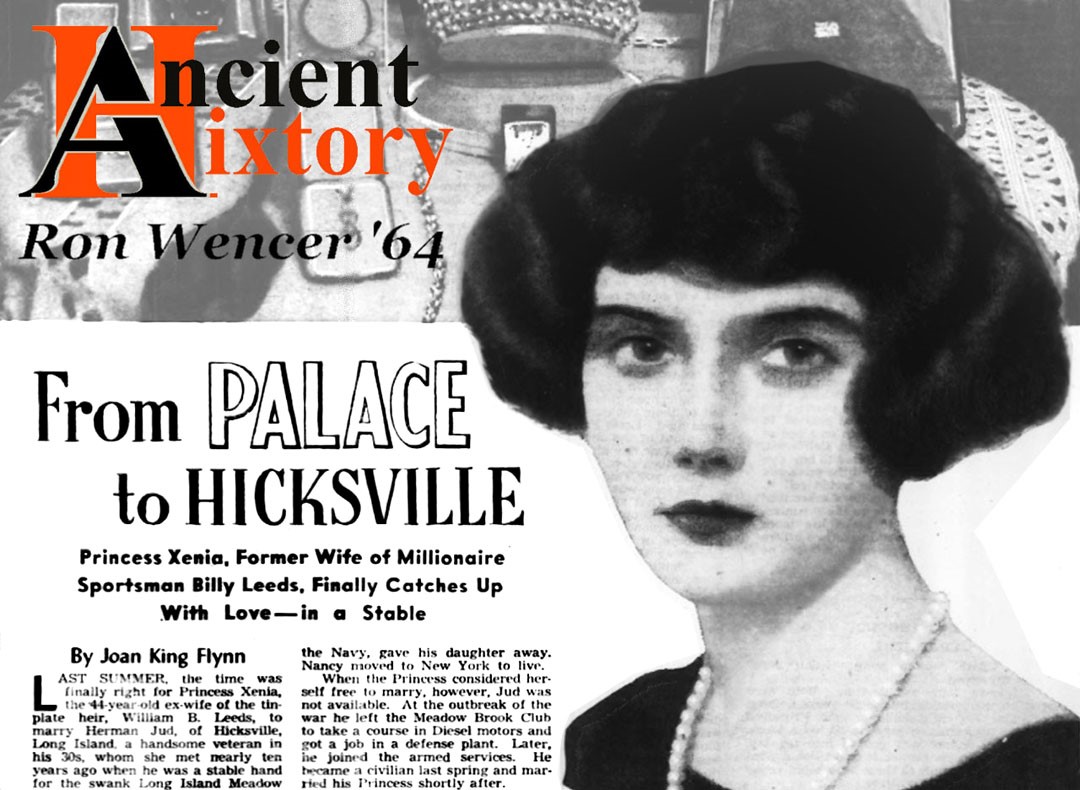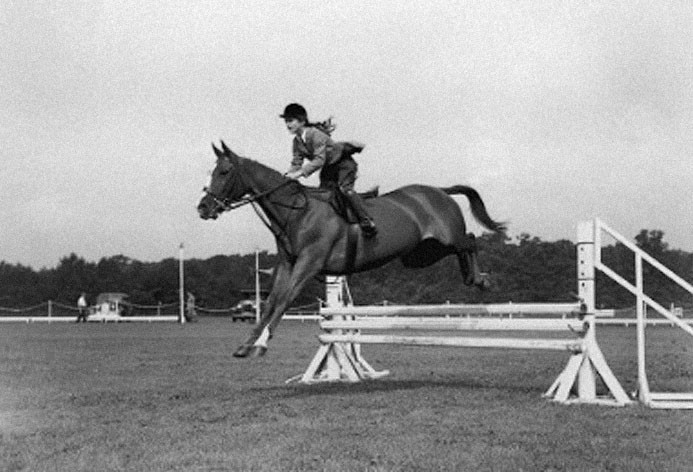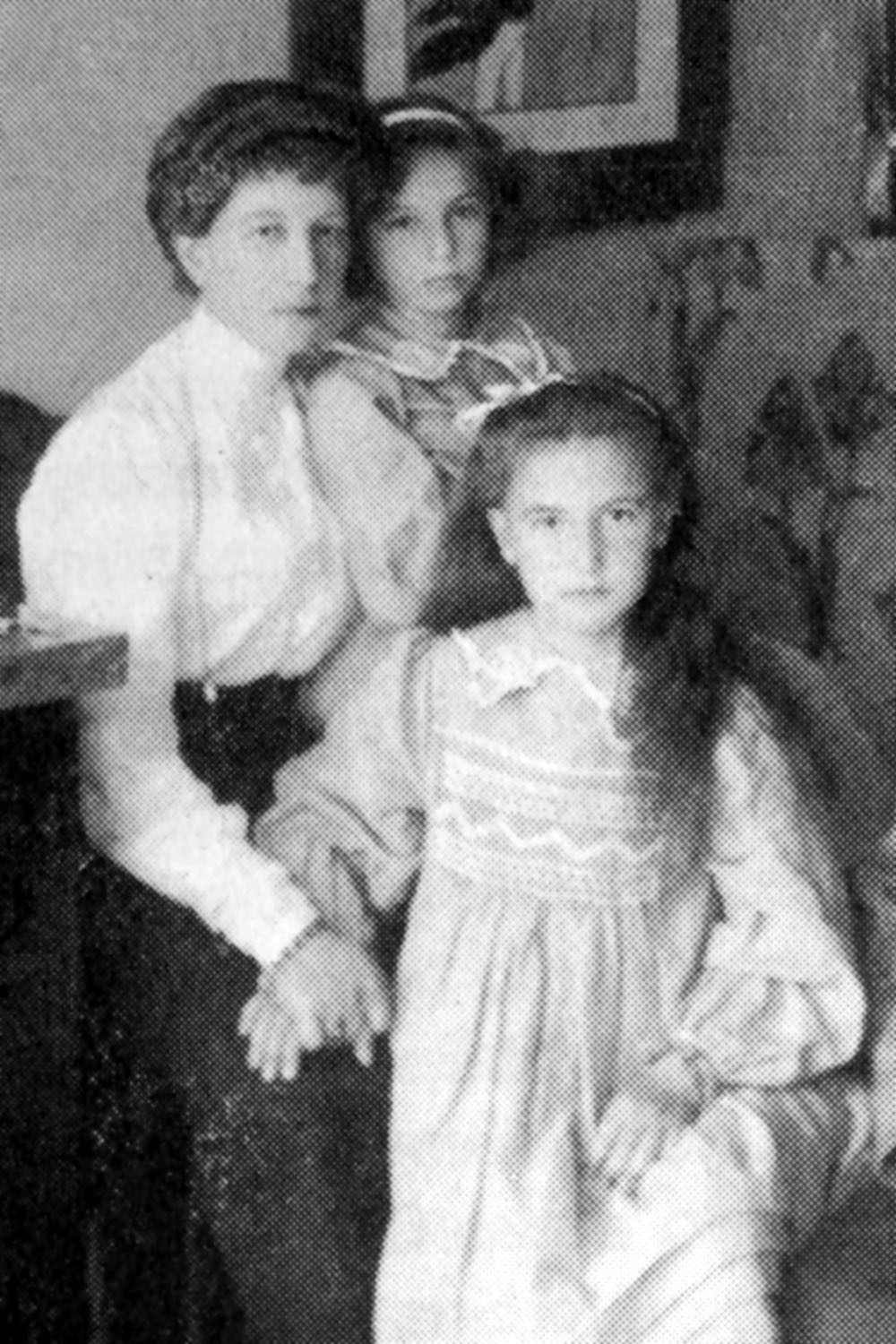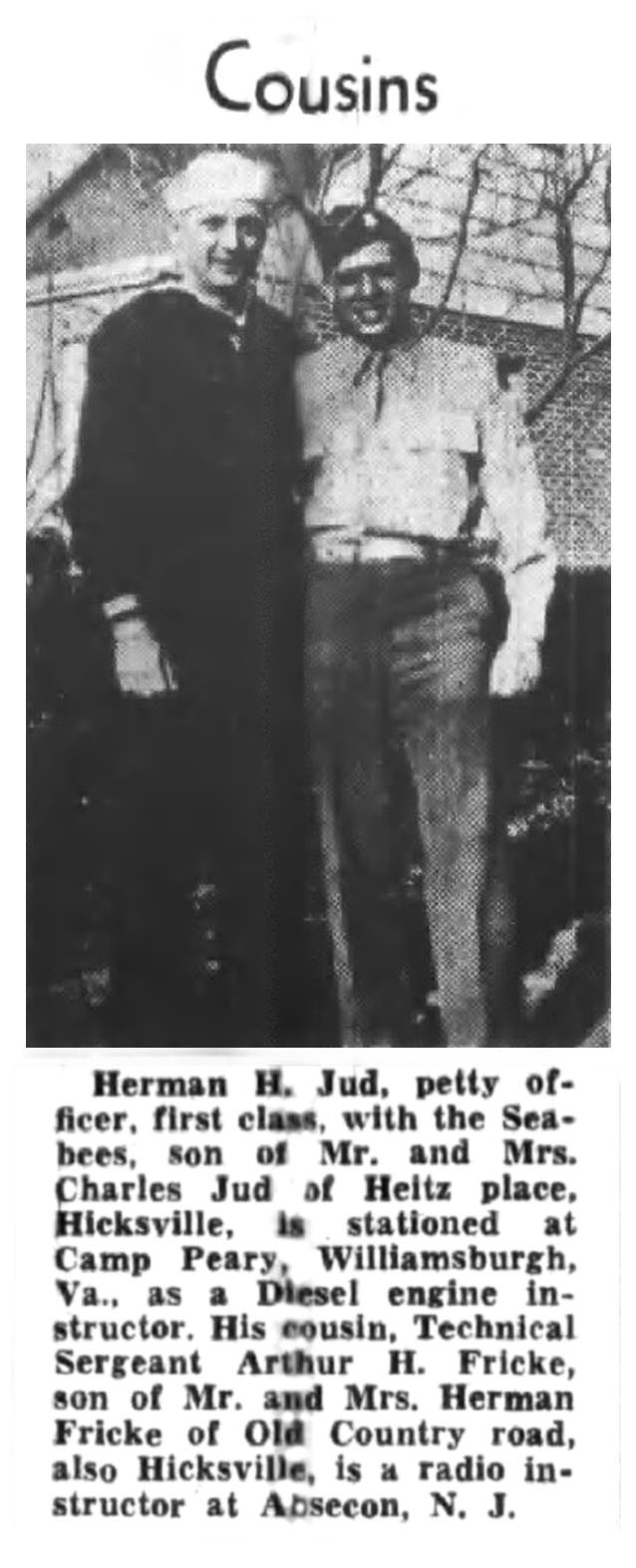Hearst Newspapers’ American Weekly, December 29, 1946
Introduction
This is history, not a fairy tale. There are no glass slippers or poisoned apples – but there is a tragic princess who forgoes much of her wealth, and who eventually settles down in a quiet, happy marriage with a one-time stable hand from Hicksville.
To understand how this came to pass, one needs to know some things about Long Island’s Gold Coast in the 1920s, and about these people:
- William Leeds Jr., wealthy young mid-westerner who moved to the Gold Coast
- Princess Xenia of Greece, born Princess Ksenia Georgievna Romanov of Russia
- Herman Jud, one-time Gold Coast stable hand
The Gold Coast
From Queens to western Suffolk, the woodlands of the North Shore were once the backdrop for the gossamer lives of the extremely wealthy. Their yachts dotted the coves, much as their estates dotted the hills. Their stables housed fine, fast, and beautiful horses, upon whose backs their children learned how to jump over fences and hedgerows. Skills like that would be essential years later, when the grown children participated in crazily zigzagging fox hunts, that could stretch over the countryside from the North Shore as far south as Uniondale.

Locust Valley, 1939: 10 year old Jacqueline Bouvier (later Kennedy)
Bert Morgan photograph at HarpersBazaar.com
As the 1920s roared, some “old money” Gold Coast families were displaced by the nouveau riche. Tabloid newspapers entranced readers with accounts of these newcomers’ lives. They spent money as readily as they breathed. They liked speedboats more than yachts, and they liked airplanes even more, using them as casually as ordinary people use taxis. They might fly to Atlantic City for an afternoon, or to Chicago merely to be seen at some glitzy soirée.
Meanwhile, in nearby mainstream villages like Hicksville, the residents lived normal lives, perhaps wondering now and then what life on the Gold Coast was really like.
William Leeds, Jr.
In the 19th century, most durable housewares used in Europe and America were fabricated from special tin-plated steel, a material commonly called tinplate. Indiana’s William Leeds Sr. had acquired a profitable near-monopoly on tinplate. When he died in 1908, Leeds left assets totaling $40 million (in terms of 2023 dollars, that’s more than $1.2 billion), most of them in a trust fund he established for his son Billy.
As a minor, Billy and his widowed mother lived comfortably on the trust fund’s interest. As a young adult, he had access to the principal, and he began careening through life like a rudderless speedboat, following impulses from one caper to another, and risking life and limb – not always his own.
The Russian Princess
In the summer of 1903, Ksenia Georgievna was born in a ducal palace in St. Petersburg, within walking distance of the Tsar’s Winter Palace. She was the daughter of a Russian Grand Duke who held a high position in the government of his cousin, Tsar Nicholas II. Ksenia’s mother was Princess Maria of Greece and Denmark. Maria’s father was King George I of Greece. Her mother was a granddaughter of Russia’s Tsar Nicholas I.

Princess Maria with daughters Ksenia and Nina
Wikimedia Commons
In 1914, as in most years, the Grand Duke’s work responsibilities forced him to visit a number of distant Russian locales. While he was away, Maria took their daughters to Great Britain, to meet some distant cousins who also were members of the extended British royal family. World War I erupted, soon making a return to Russia impossible. Within a year, the Grand Duke was imprisoned by revolutionaries. He repeatedly wrote to his wife, imploring her to lobby the British government to secure his release – which it could not do.
In 1918, the Tsar and his household were slain by their Bolshevik captors. In 1919, the Grand Duke met the same fate in St. Petersburg’s Peter and Paul Fortress (which traditionally had been used by the Romanovs to imprison their political enemies). It still stands, directly across the Neva River from the Grand Duke’s palace.

Peter and Paul Fortress, viewed from across the Neva
photograph by Ronald A. Wencer
Everything had changed. The daughters were devastated by the news of their father’s death. Their once-wealthy family now was impoverished, because all Romanov assets had been seized by the new government. With the Russian monarchy now irrelevant, the press took to calling Ksenia by her Greek title: Princess Xenia of Greece.
Herman Jud
In comparison, Jud’s background was humble. His Austrian-born father Charles had settled in Hicksville, where at first he made barrels at the Heinz pickle works. When Heinz closed due to blight-induced crop failures, Charles instead worked repairing railroad cars (not a huge leap for a cooper; as in those years, freight cars were constructed of heavy wooden timbers and wood sheathing). The family of Herman’s mother Katie Fricke Jud had been in Hicksville since the 1880s; they made and sold confections.
Herman was born in 1911. His brothers Charles and August (Augie) went on to serve in Hicksville’s Fire Department for many years, advancing to a number of senior positions. It’s harder to discover much personal information about Herman, however, and it’s almost impossible to find a photograph of him. The only one I have located appears in this news item from the Nassau Daily Review-Star of January 31, 1944:

Herman attended Hicksville High School, but a U.S. Census indicates that – like many other students in those years -- he left after completing his second year (likely in the Spring of 1927). In 1930 the Long-Islander newspaper’s Hicksville page noted that Herman owned a Buick Marquette, a model that had just been introduced that year:

Per the 1930 Census, Herman worked as a “strapper” – the entry-level stable job, which involves everything from mucking out the stables to cooling down horses after exercise. The 1940 Census indicates that he then was a groom on a private estate; his reported income was somewhat above average. Did he choose such employment in part because he wanted to experience life on the fabled Gold Coast?

